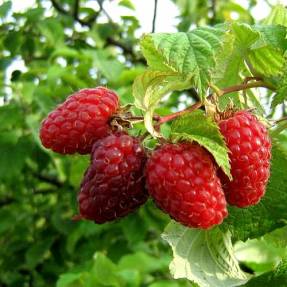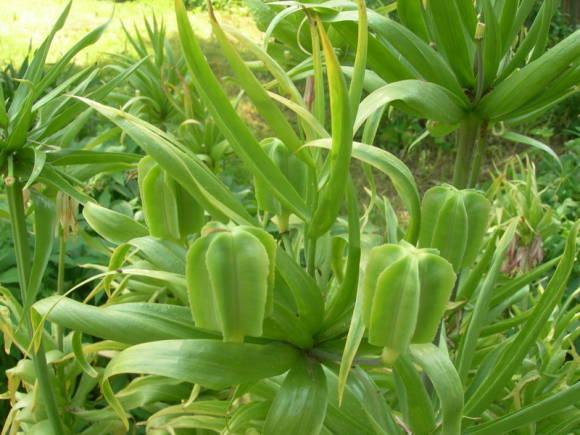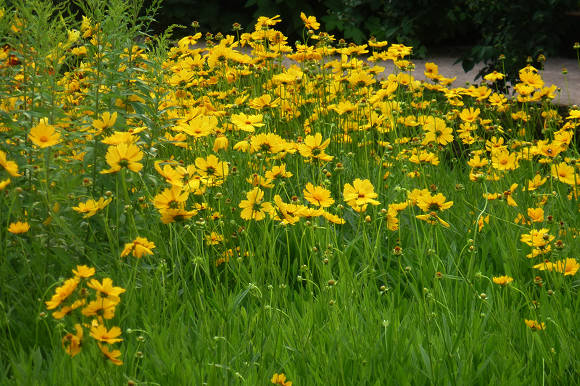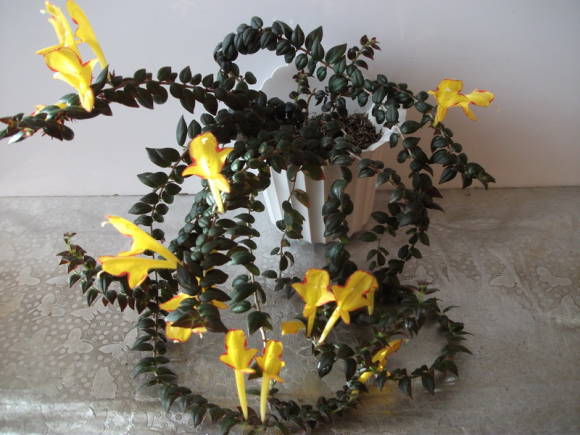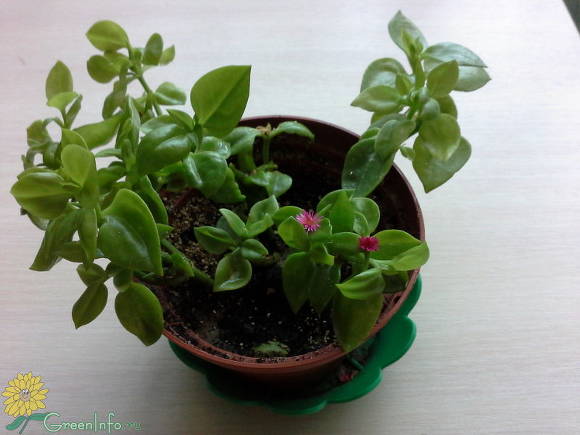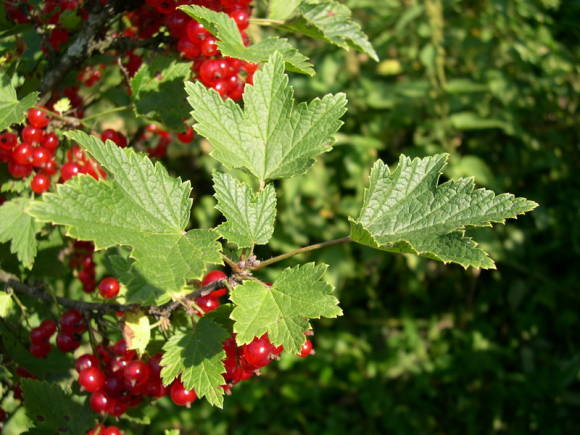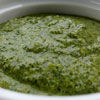
Zatar or zaatar - this is the name of some spicy herbs from the Lamb family (Lamb). In most cases, these are plants from the genera Oregano (Origanum), Soul (Calamintha), Thyme (Thymus) and Savory (Satureja). Which plant "exists" by this name depends on the geographic location.
Nowadays, it is also the name of a condiment made from the dried leaves of the plants listed above, mixed with sesame seeds, dried sumach leaves (Rhus coriaria) and often salt as well as other spices.
Zaatar is popular in Algeria, Armenia, Egypt, Iraq, Israel, Jordan, Lebanon, Libya, Morocco, Palestine, Saudi Arabia, Syria, Tunisia, and Turkey.
However, as it turns out, everything is very difficult both with the herbs themselves and with the recipe. The recipe for this spicy mixture may differ depending on the country, region, and even a particular housewife may have his own.
Strictly speaking, the name za'atar itself refers in different countries to certain plants, for example, Syrian oregano (Origanum syriacum), which some Old Testament interpreters identify as hyssop. But we will still adhere to the version that hyssop is another plant that now bears this name - medicinal hyssop (Hyssopus officinalis). Another species, passing under this name, already belongs to the savory genus. it Satureja thymbra, which is often called "Persian Zaatar", "za'atar rumi" (Byzantine Zaatar).
Thyme - Thymus capitatus - is a species of wild thyme found in the hills of the Mediterranean Middle East. Chernik (Thymbra spicata) is a plant native to Greece and Israel, and has been introduced by Syrian, Palestinian and Lebanese immigrants for use in their mix recipes since the 1940s and is cultivated even in North America.
Another species, designated as "wild Zaatar" (in Arabic - Zaatar-barri), is the common oregano well known to all of us. In addition to our country and Western Europe, this type is also extremely common in Lebanon, Syria, Jordan, Israel and Palestine and is used by the peoples of the region to prepare this and not only this seasoning.

It would seem, what is common in a mixture prepared from different plants and in different proportions? It turns out there is one thing in common. All of these plants contain thymol and carvacrol in their essential oil, which have very strong antimicrobial, antifungal and anthelmintic activity.
For example, essential oil S. thymbra contains mainly carvacrol (45%) γ-terpinene (29%), p-cymene (6%), caryophyllene (3.5%), α-terpinene (3%), thymol (3%) and other substances. All of these compounds are more or less active against gram-positive and gram-negative bacteria, as well as helminthiasis.
This plant is an immunostimulant and aphrodisiac, a tonic for the reproductive system. In general, each of the mentioned plants deserves a separate article.
As a condiment, Zaatar is usually made from the dried herb of the aforementioned types of thyme, oregano, savory, marjoram, or a combination thereof, mixed with toasted sesame seeds and salt, and, depending on the recipe, other spices. Some commercial varieties also include fried flour.
Traditionally, housewives in Iraq and the Arabian Peninsula prepare their own variations of za'atara, often collecting or growing plants. The recipes for such spice mixtures were often kept secret, they were not even shared with daughters and other relatives, so that the know-how would not go to another family. This common practice has been noted by Western connoisseurs of the culinary cultures of the Middle East and North Africa as one of the reasons for the difficulty in determining the names, listing and proportions of the various spices used. In Morocco, the use of this mixture is sometimes attributed to families with Spanish, or rather Andalusian roots, such as many residents of the city of Fez.
Some recipes may contain salt, cumin, coriander, or fennel seeds. One of the characteristic features of the Palestinian variety Za'atar is the presence of caraway fruit, while the Lebanese mixture sometimes contains sumach berries and has a pronounced dark red color.Like baharat (a typically Egyptian spice mix made from ground cinnamon, cloves, and sweet rose hips or rosebuds) and other spice mixes popular in the Arab world, za'atar is high in antioxidants. This feature is very important for countries with hot climates, when destructive processes in food occur much faster. Plus, a lot of fried ingredients aren't the healthiest food. The addition of seasonings with an antioxidant effect allows to some extent neutralize what is formed during active overcooking of oil and fat.

In Jordan, Palestine, Israel, Syria and Lebanon, as well as elsewhere in the Arab world, it is often eaten with pita bread dipped in olive oil and then zaatar. Zaatar is used as a seasoning for meat and vegetables, or sprinkled on hummus. The Lebanese dish "shanklish", which is something like cheese balls, is rolled in zaatar, which gives the dish a very rich and "oriental" taste.
You can add zaatar when baking bread, tortillas, cookies. The traditional drink in Oman is za'atar, which is poured over boiling water and infused to make herbal tea.
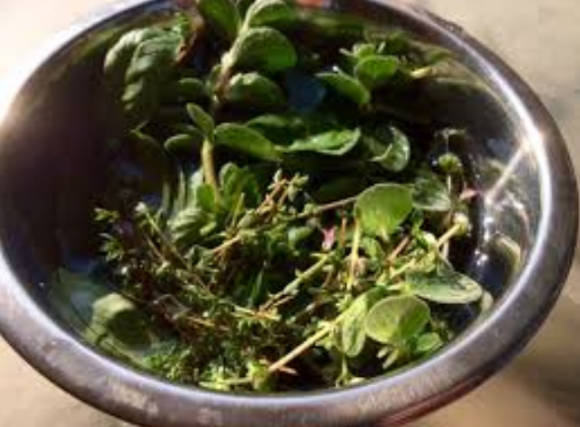
And, of course, this mixture was not ignored by Arab doctors. Since ancient times, people in the Middle East have used this mixture for worms, naturally, in higher dosages than in cooking. This use is quite justified thanks to thymol. Maimonides (Rambam), a medieval rabbi and physician who lived in Spain, Morocco, and Egypt, prescribed Za'atar to promote health and empower an emaciated body.
In the countries of the Middle East and North Africa, it was firmly believed that Zaatar makes the mind alert and attentive, and the body strong. For this reason, students are encouraged to eat a sandwich flavored with this mixture for breakfast before the exam or before school, which can greatly improve the quality of the answer in the lesson or help to remember everything that is needed on the test. However, many consider this a myth. Although who knows ... Research on the plants included in this mixture is still in its infancy. Time will show.
Until then, bon appetit!
